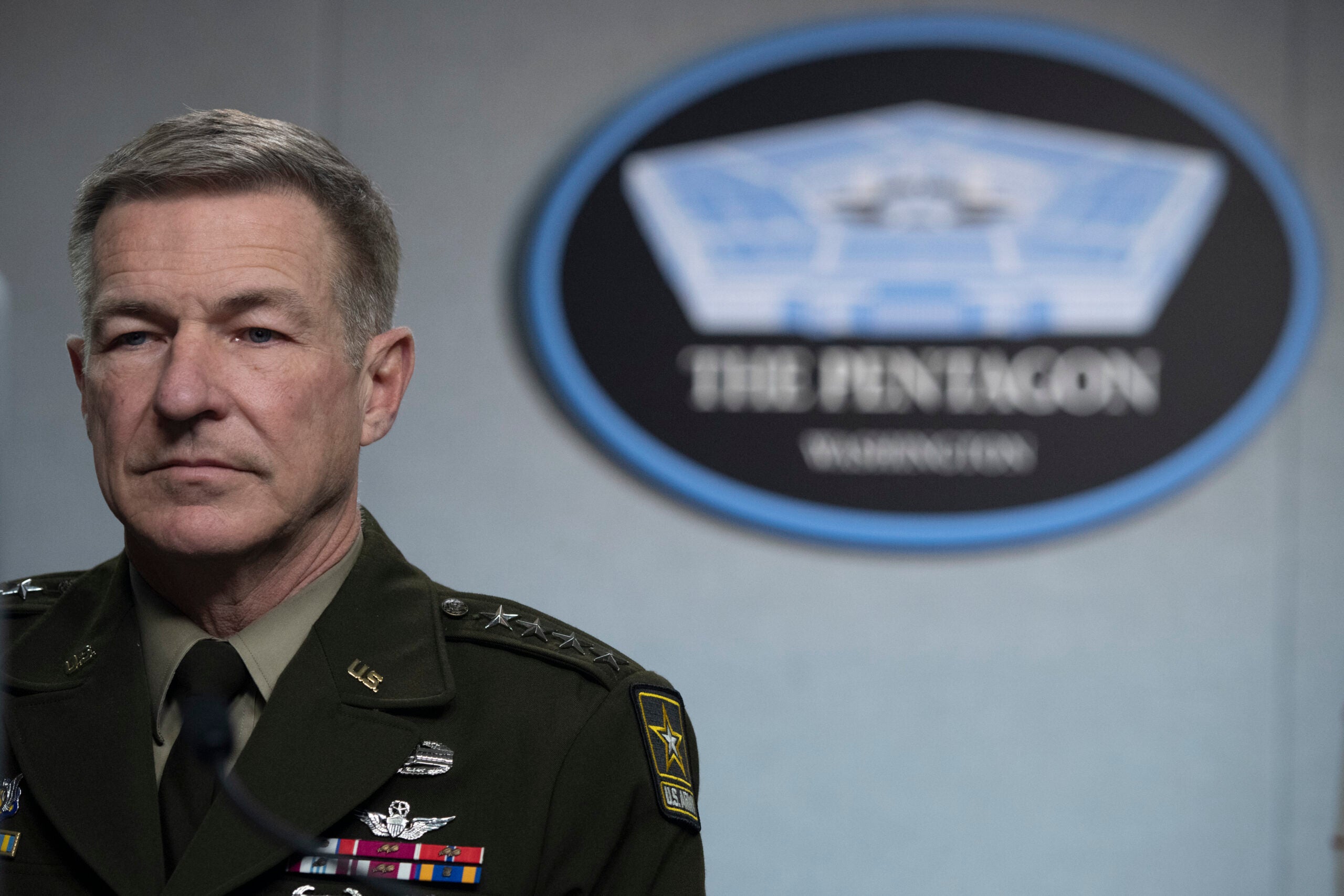Nicholas Charles Revello Plaintiff V.s Keren Laina Sangalaza Defendant
February 23, 2021
Veterans Day Message from President Trump
August 1, 2022
Navajo Code Talker Samuel Sandoval dies
August 1, 2022
Update: Overseas Military Service Coordinators Due to COVID-19, Overseas Military Service Coordinators (OMSCs) have extended virtual support operations to overseas Veterans, Service members, and their dependents through October 1, 2022. ...
A uniformed member of the U.S. Air Force has been arrested as part of an investigation into explosions at an American base in northern Syria that injured four American troops ...
Single Judge Application; Hensley prohibits the Board from denying service connection for hearing loss solely because the audiometric test results did not constitute a disability under § 3.385 during ...
Panel Application; section 1155 directs the Secretary to establish in the rating schedule “ten grades of disability” for evaluating the severity of such conditions, the Secretary has provided less ...
Single Judge Application; This Court has held that “ay testimony is competent . . . to establish the presence of observable symptomatology and ‘may provide sufficient support for a ...
Single Judge Application; Davis v. McDonough, 34 Vet.App. 131, 132 (2021) (“Under 38 C.F.R. § 3.156(b), when new and material evidence is submitted within the appeal period following a ...
Single Judge Application; Tadlock remand from Federal Circuit; overlapping signs or symptoms; Veterans of the Gulf War can establish entitlement to service connection on a presumptive basis for “a ...
Single Judge Application; Wise v. Shinseki, 26 Vet.App. 517, 531 (2014); apply the correct standard of proof for determining that issue; The examiner rejected the scientific evidence because it ...
Link to original post Hello, I have more questions than I can find answers so I thought I would create a post to see if any of these can be ...
Single Judge Application; “The Federal Circuit made it clear that the Board is not bound by ; Overton, 30 Vet.App. at 264 (“he Board is required to discuss any relevant ...
198 Veterans News - Copyright AllRights Reserved.
:quality(70)/cloudfront-us-east-1.images.arcpublishing.com/mco/T56ADX64ANDYNP5MWRKCULXRZA.jpg)



:quality(70)/cloudfront-us-east-1.images.arcpublishing.com/mco/QBYJTGYCQBHSVITAL32RAO7HAA.jpg)




:quality(70)/cloudfront-us-east-1.images.arcpublishing.com/mco/YVREBMCGTNFNTI6PSBKVQDR7CU.jpg)

